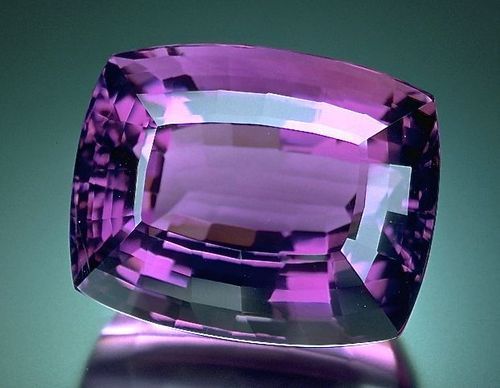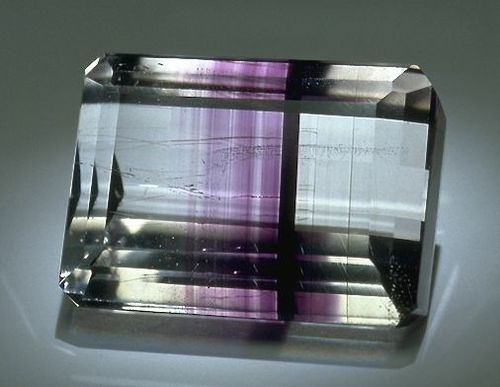Quartz in its purest form is colorless, but nature has mysterious ways of making a mistake into something spectacular. When a few iron atoms find their way into the chemical structure of quartz, the result is amethyst — a deep, rich purple variety that's been coveted by royalty since the days of Ancient Egypt.
Russia's Catherine the Great was said to be fond of fine amethysts, and they're even featured among the British Crown Jewels. Today, amethyst is the traditional birthstone for the month of February and a favorite among jewelry lovers the world over.
In today's post, we highlight amethysts and amethyst jewelry from the National Gem Collection on display at the Smithsonian National Museum of Natural History in Washington, D.C.

Photo credit: Smithsonian National Museum of Natural History
Designed during the Edwardian Period (1901-1915) when jewelry featured lacy filigree designs that were light and delicate to mimic the clothing at the time, this brooch features a magnificent 96-carat heart-shaped amethyst surrounded by diamonds. The mounting has a platinum top and yellow gold undercarriage. The filigree top echoes the heart shape with pierced work incorporating a fleur-de-lis motif.

This modified rectangular-cut amethyst from Brazil weighs 109.66 carats. Photo credit: Smithsonian National Museum of Natural History.

Unusual rectangular banded amethyst/clear quartz weighs 15.87 carats. Photo credit: Smithsonian National Museum of Natural History.
No comments:
Post a Comment